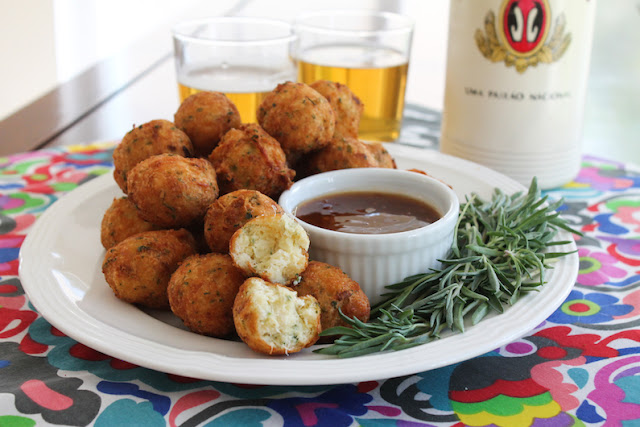I made these for the first time a few years back when we had an overnight guest and Swedish pancakes sounded like a great Sunday brunch dish. As I followed the instructions, it occurred to me that pönnukökur – literal translation: pancakes - were just Swedish crêpes. (For you language buffs, the singular “pancake” is pönnukaka.) The British also call crêpes pancakes so I don’t know why I was surprised.
The funny thing is, as I searched for the Swedish recipe again recently, pönnukökur amerískar kept popping up. You know, the fluffy kind we also call pancakes and serve in a stack with butter and syrup. It’s a mad, mad world.
Near as I can figure, the difference between the British pancakes/French crêpes and Swedish pönnukökur is the addition of ground cardamom and baking powder.
Pönnukökur aka Swedish Pancakes
This recipe has been adapted from several I found on various websites. Some call for melted butter, margarine or vegetable oil in place of the cream but I liked the richness of using cream. I lightly crushed cardamom pods, discarded the husks and ground the tiny seeds with a mortar and pestle. The fragrance and taste is fresher that store-bought ground cardamom. That said, use what you have. It’s all good.Ingredients - for about 18 (6 in or 15cm) pancakes
1 3/4 cups or milk
1/2 cup or 120ml heavy cream
1 teaspoon vanilla extract
1 cup or 125g all-purpose flour
3 tablespoons sugar
1 teaspoon baking powder
1 teaspoon salt
1/2 teaspoon ground cardamom
2 large eggs
Method
Combine the milk, cream and vanilla. Add the dry ingredients and eggs.
Whisk until a smooth batter is created. Refrigerate for 1-2 hours. When the foam subsided, I ended up with a little more than 4 1/2 cups of batter.
Heat a frying pan and thinly grease it, or use a non-stick skillet. Ladle about 3-4 tablespoons of batter into the hot pan. Swirl the batter around until the whole bottom of the pan is covered with a thin layer of the batter. Cook on that side until the edges begin to brown slightly.
Loosen the sides and turn the pancake with a spatula. Cook the other side briefly, until you can shake the pan and the pancake slips around easily.
Slide the pancake on to a warm plate.
Continue the process until all of the pancakes are cooked, stacking them on top of each other, lightly covered with a bit of foil to keep them warm. Or if the hungry hordes are standing by waiting, employ two small pans on your stove and serve the pancakes directly.
You can also cover the stack with cling film and rewarm the pancakes in a microwave.
The most traditional Swedish way to eat these is with just a sprinkle of sugar but we like a squeeze of lemon too. (Some Swedish sites also suggested one alternative is a spoonful of rhubarb jam.)
These can also be enjoyed with hazelnut spread, jam or fruit and whipped cream, which means they make a great dessert as well as a good breakfast or teatime snack.
Enjoy!
This month my Bread Baker friends are sharing Scandinavian recipes from the countries of Sweden, Norway and Denmark. Many thanks to our host, Felice of All That's Left Are The Crumbs for this fun theme! Check out the recipes below:
- Danish Rye Bread (Rugbrød) from A Messy Kitchen
- Epcot Norway School Bread from Simply Inspired Meals
- Kanellangd from Amandie Bakes
- Lussekatter from Culinary Adventures with Camilla
- Pannekaker from A Day in the Life on the Farm
- Pönnukökur aka Swedish Pancakes from Food Lust People Love
- Scandinavian Cardamon Cinnamon Rolls from All That's Left Are The Crumbs
- Scandinavian Carrot Bread Rolls from Ambrosia
- Swedish St. Lucia Saffron Buns from Sneha's Recipe
- Vörtbröd (Swedish Wort Bread) from Karen's Kitchen Stories
#BreadBakers is a group of bread loving bakers who get together once a month to bake bread with a common ingredient or theme. You can see all our lovely bread by following our Pinterest board right here. Links are also updated after each event on the #BreadBakers home page. We take turns hosting each month and choosing the theme/ingredient.



















































